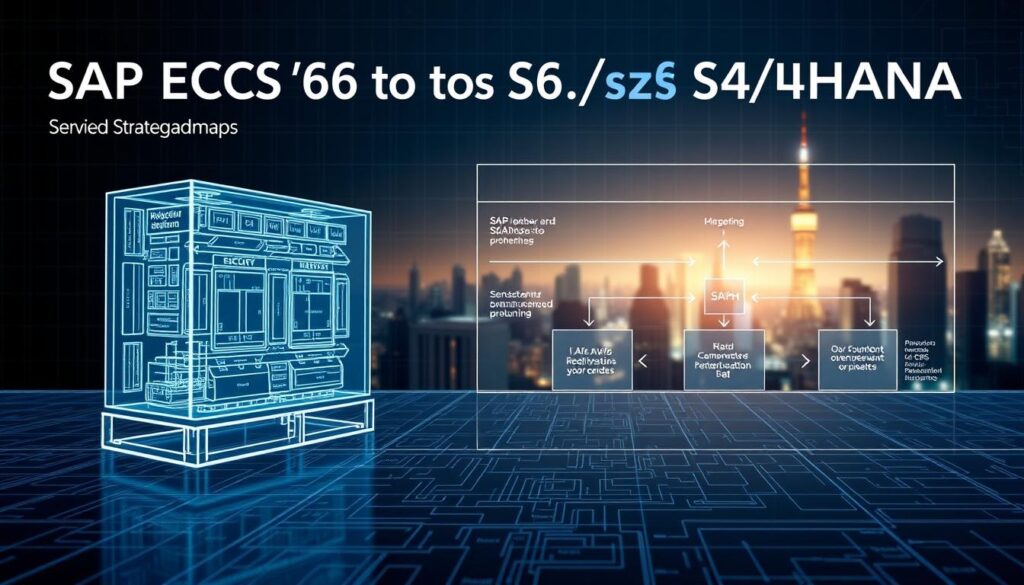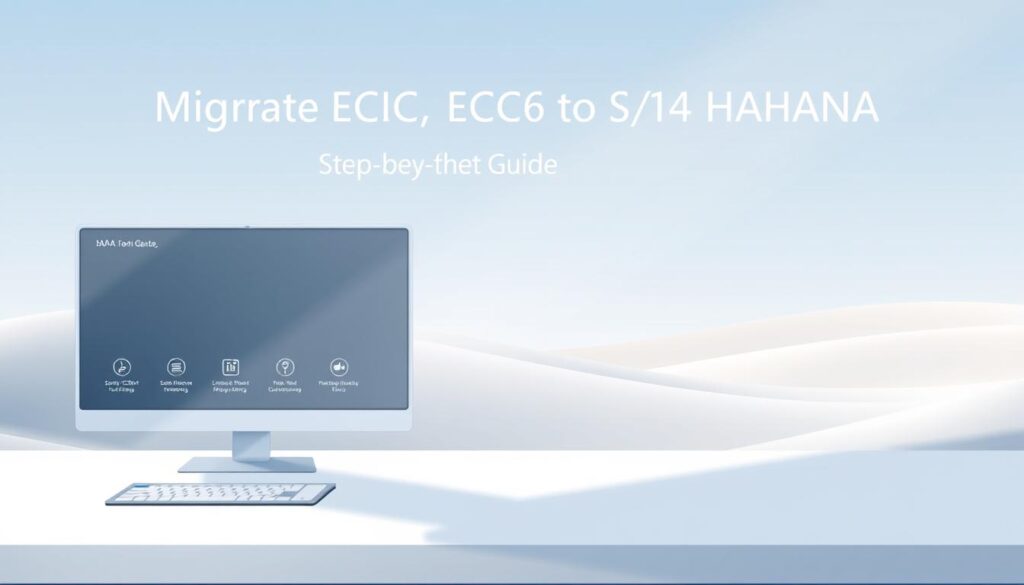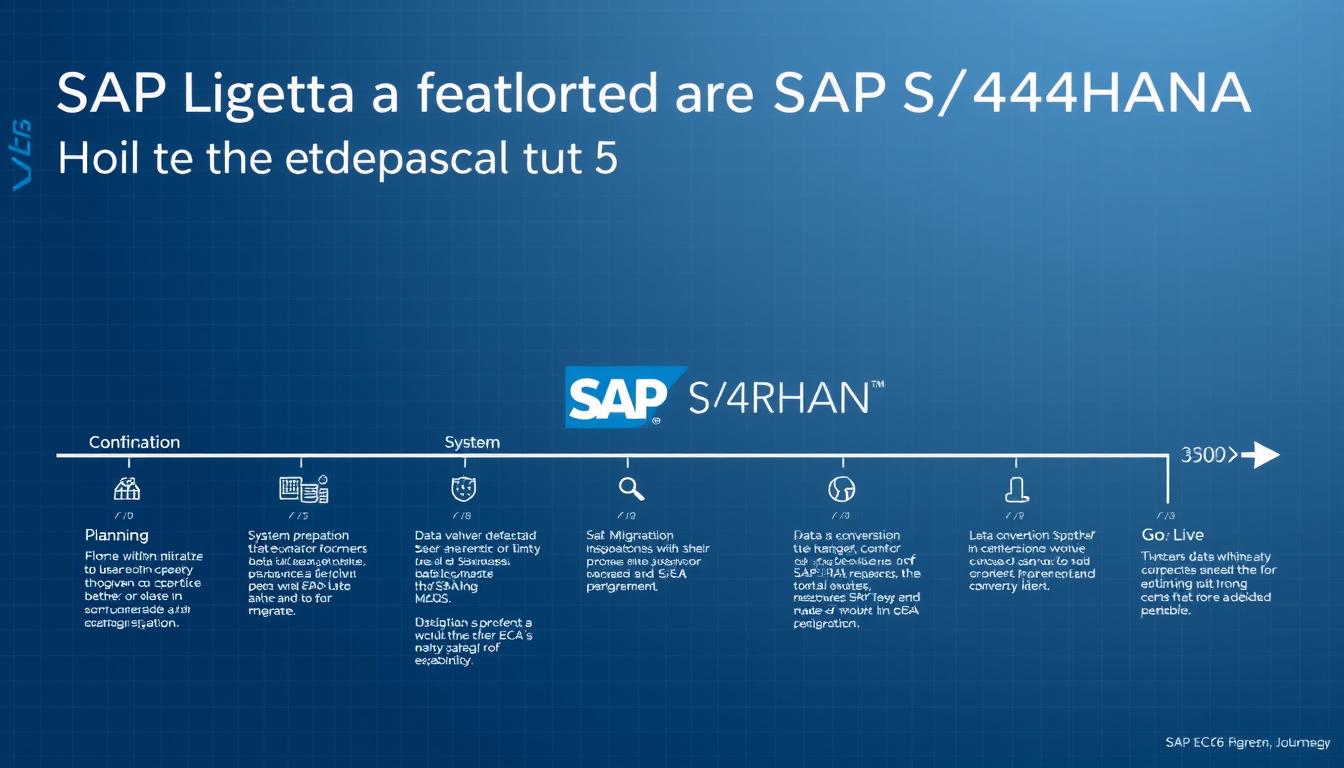Indian enterprises are rapidly transforming their digital landscapes through strategic SAP S/4 HANA migration. The ECC6 to S/4 migration guide represents a critical pathway for organisations seeking technological advancement and operational efficiency.
Navigating the SAP ecc6 upgrade to s4 requires meticulous planning and comprehensive understanding. Businesses must recognise that this transformation extends beyond technical implementation, representing a strategic digital reinvention of enterprise systems.
Successful SAP s4 HANA migration steps demand a holistic approach. Organisations need to evaluate current infrastructure, anticipate potential challenges, and develop robust implementation strategies tailored to their unique operational requirements.
Key Takeaways
- Comprehensive assessment of existing SAP infrastructure
- Strategic planning for seamless system transition
- Understanding technical and business implications
- Identifying potential migration challenges
- Developing a structured implementation roadmap
Understanding the Fundamentals of SAP S/4HANA Migration
Navigating the sap ecc to s4 conversion landscape requires a strategic approach that addresses both technological and business transformations. Indian enterprises are increasingly recognising the critical importance of modernising their enterprise resource planning systems to stay competitive in a rapidly evolving digital ecosystem.

The journey from SAP ECC6 to S/4HANA represents more than a simple system upgrade. It’s a comprehensive digital transformation that demands careful planning and execution. SAP S/4HANA migration best practices emphasise the need for a holistic evaluation of current technological infrastructure and future business requirements.
Critical Technological Distinctions
SAP S/4HANA introduces significant architectural differences compared to ECC6. The in-memory computing platform enables real-time data processing, simplified data models, and enhanced analytical capabilities. Businesses must understand these fundamental shifts to leverage the full potential of the new system.
Essential Technical Preparation
Successful migration requires robust technical groundwork. This includes assessing current hardware capabilities, ensuring compatible database systems, and planning for potential infrastructure upgrades. Organisations need to evaluate their existing IT landscape and create a detailed migration roadmap.
Strategic Business Impact Evaluation
Beyond technical considerations, enterprises must conduct a comprehensive business impact assessment. This involves analysing potential changes in business processes, identifying potential operational disruptions, and developing strategies to mitigate risks associated with the sap ecc to s4 conversion.
ECC6 to S4 Migration Guide: Essential Planning Phases

Navigating the ecc6 to s4 hana system conversion requires a strategic approach. Indian enterprises must develop a comprehensive migration roadmap that addresses technical and business challenges. The planning process begins with a thorough initial assessment of existing SAP systems and organisational readiness.
The first critical phase involves comprehensive system analysis. IT teams must evaluate current infrastructure, identify potential compatibility issues, and determine specific requirements for the sap s4 hana migration roadmap. This diagnostic stage helps organisations understand the scope of transformation needed for successful system conversion.
Resource allocation becomes paramount during migration planning. Businesses must assemble skilled teams with expertise in SAP technologies, ensuring they have the necessary technical capabilities to manage complex system transitions. Budget considerations, timeline development, and risk management strategies form integral components of this strategic planning stage.
Effective change management emerges as a key success factor. Organisations must prepare their workforce for technological shifts, developing comprehensive training programmes and communication strategies. This approach minimises disruption and ensures smooth adoption of new SAP S/4HANA capabilities.
Indian enterprises can leverage this structured migration approach to transform their enterprise systems efficiently. By following a methodical planning process, businesses can mitigate risks and unlock significant technological advantages through strategic SAP system conversion.
Implementation Strategies and Best Practices for System Conversion
Navigating the complex landscape of an SAP upgrade project plan requires strategic thinking and meticulous preparation. Enterprises embarking on the ECC6 to S4 HANA transition guide must develop a comprehensive approach that minimises disruption and maximises system performance.
Crafting a Robust Data Migration Strategy
Successful data migration stands as a critical component of the ECC6 to S4 HANA transition. Organisations need to conduct thorough data cleansing, mapping, and validation processes. Leveraging specialised migration tools can streamline the transfer, ensuring data integrity and reducing potential risks during the system conversion.
Comprehensive Testing and Validation Techniques
Rigorous testing forms the backbone of a seamless SAP upgrade project plan. Businesses should implement multi-layered validation approaches, including unit testing, integration testing, and user acceptance testing. This systematic verification helps identify potential issues before full system deployment.
Effective Change Management and User Enablement
The human element remains crucial in any ECC6 to S4 HANA transition guide. Developing a comprehensive training programme and change management strategy ensures smooth user adoption. Interactive workshops, detailed documentation, and ongoing support can help organisations minimise resistance and maximise system utilisation.
By following these strategic implementation practices, Indian enterprises can transform their SAP migration journey into a successful digital transformation initiative.
Conclusion
Migrating from ECC6 to S/4HANA represents a critical digital transformation journey for Indian enterprises. The ECC6 to S/4 migration guide we’ve explored demonstrates the strategic importance of comprehensive planning and systematic implementation. Businesses must view this transition not as a mere technical upgrade, but as a transformative opportunity to revolutionise their technological infrastructure.
SAP S/4HANA migration best practices underscore the necessity of meticulous preparation. By understanding technical prerequisites, assessing business impacts, and developing robust implementation strategies, organisations can minimise disruptions and maximise system performance. Indian companies must recognise that successful migration requires a holistic approach encompassing technological, operational, and cultural dimensions.
Strategic planning remains paramount in navigating the complexities of ECC6 to S/4 migration. Enterprises should invest time in comprehensive assessments, rigorous testing, and comprehensive user training. The ultimate goal extends beyond system conversion—it’s about creating an agile, intelligent enterprise platform that drives competitive advantage in an increasingly digital business landscape.
As Indian businesses continue to embrace digital transformation, the journey from ECC6 to S/4HANA offers an unprecedented opportunity to modernise core business processes. By following a structured migration approach and leveraging cutting-edge technological capabilities, organisations can unlock new levels of operational efficiency and strategic innovation.

